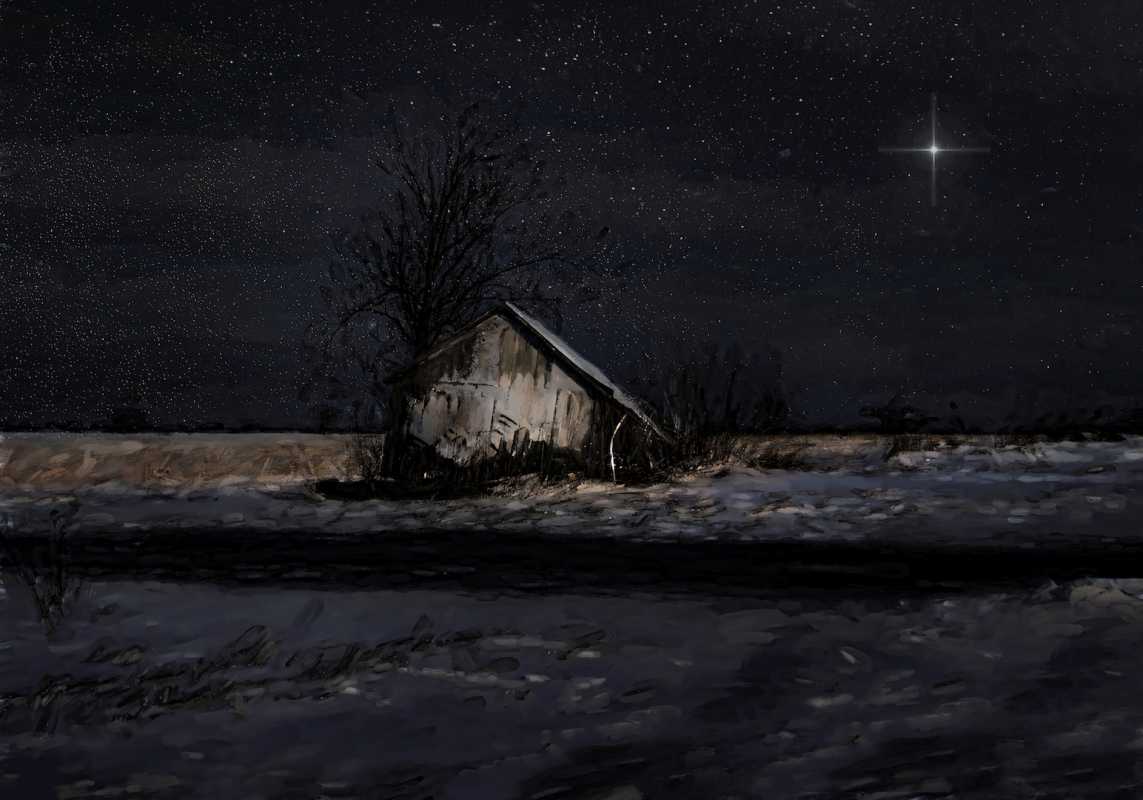World
The Mystery of the Star of Bethlehem: Ancient Skies and Celestial Phenomena

The skies have always been a bridge between the known and the unknown. In ancient times, the skies were the realm of the gods, who dictated the fates of men down below. Across different faiths, religious rituals and practices are a way to establish a sort of dialogue with powers way beyond our control. It is how we can grab their attention. And if the skies are the realm of the gods, then celestial phenomena must be some kind of message, the way the gods talk to us down here.
Across millennia, this has been the belief of countless religions across the globe. Even now, when this sort of supernatural connection with the skies is fading due to scientific knowledge, countless people still look for signs and symbols in the skies, another way of extracting meaning from celestial phenomena that supposedly impact our lives.
To many, a comet or an eclipse may be a bad omen, while a rainbow might signal the arrival of good weather and prosperity. After the seventeenth century, these phenomena became part of science, even if this science was historically charged with religious undertones. Kepler and Newton, for example, were both fascinated by the mystical connection between the skies and earthly events.
Given that we are almost at Christmas, it is timely to examine one of the most famous of these celestial symbols: the Star of Bethlehem, and the Three Wise Men who followed it.
Studying the Star of Bethlehem is a complex field of scholarship, one that attracts interest inside and outside academia. On one hand, the believer historian or astronomer wants to prove that there is a connection between what the Bible tells and what happened in the skies. If there is, it would legitimize the Bible as a historical document, anchored on real facts, including astronomical events. On the other hand, the nonbeliever wants to disprove any such thing. In between those two groups are those who want to investigate, as dispassionately as humanly possible, the historical and astronomical data in search of phenomena or events that justify the biblical mentions.
Chief among such events is the appearance, as mentioned in the Gospel of Matthew, of the Star of Bethlehem. It signaled the birth of Jesus and guided the Three Wise Men from the east toward his birthplace.
A book published in 2016, ‘The Star of Bethlehem and the Magi: Interdisciplinary Perspectives’, edited by astronomer Peter Barthel and theologian George Van Kooten, collects a wide range of interdisciplinary perspectives, including experts on the ancient Near East, the Greco-Roman world, and modern astronomy. The book is the proceedings of an international conference that took place in 2014 at the University of Groningen, in the Netherlands.
The articles in the book are a response to a previous study by astronomer Michael Molnar, published in his book ‘The Star of Bethlehem: The Legacy of the Magi’. Molnar claims that the star was actually an astronomical event, namely the appearance of Jupiter in conjunction with the Sun, the Moon, and Saturn in the constellation of Aries, which modern celestial mechanics calculations show occurred on April 17 in the year 6 BCE.
Barthel and Van Kooten organize the results of their conference into four questions. What, when, how, and why? Respectively, they investigate the nature of the real astronomical phenomenon that took place, if any; the chronology of events; the role of astronomy and astrology at the time; and the evangelist’s motivation to connect the skies and the birth of Jesus to legitimize an act of God.
Although opinions diverge on the details, dramatic celestial events did apparently occur around the birth of Jesus. The challenge is that they often do, although some are more spectacular than others. When they provide context to a religious narrative, they create a confluence between myth-building and expectation, the skies being the realm of God and thus sacred, sending us signals of what is to come.
If nothing else, the Star of Bethlehem tells us of a time when looking up to the skies in awe and wonder was a part of people’s lives, something few of us relate to now. Christmas offers the perfect context for us to rekindle this ancient fire and search for our own connection to the skies, religious or not.












